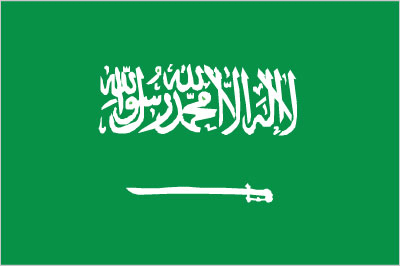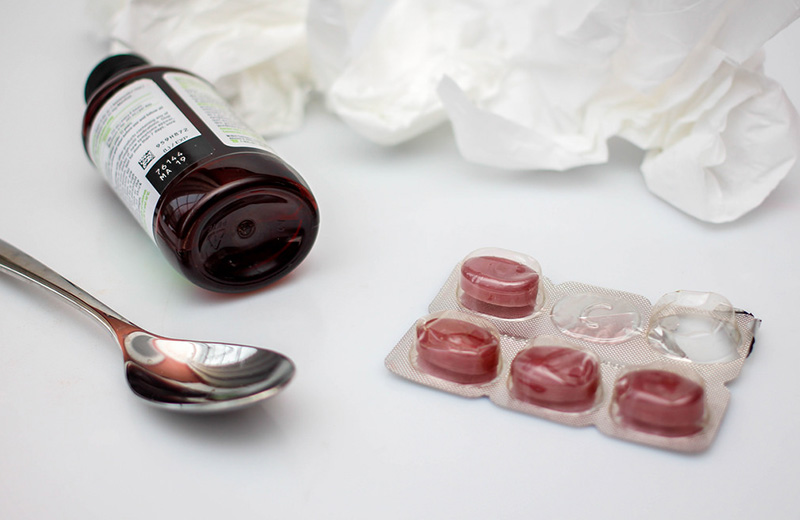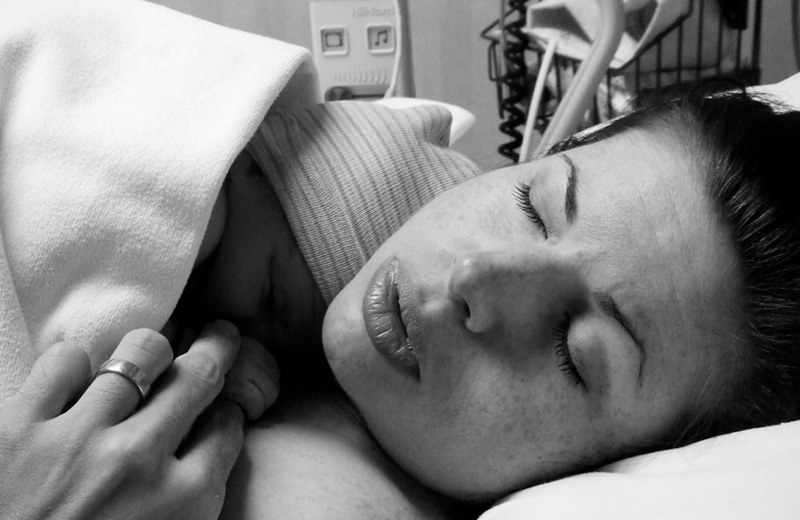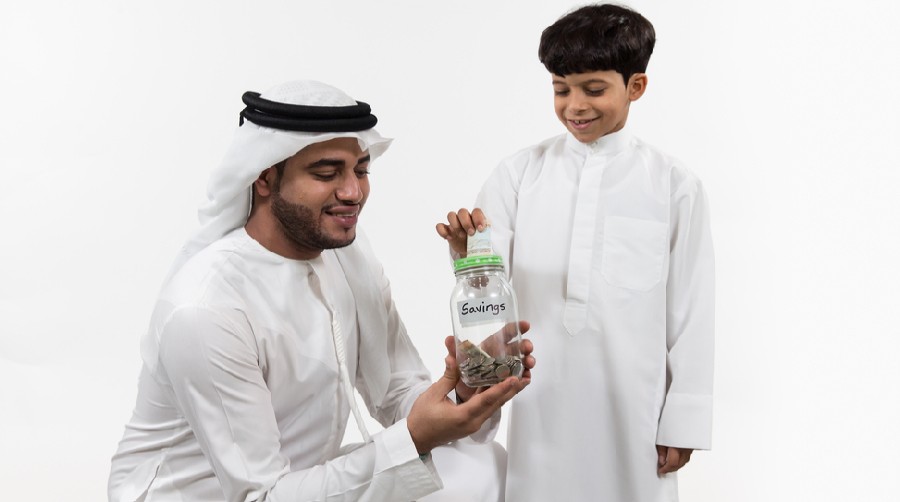Eruption of Teeth for children

It’s a special time for the baby and the parents when the first tooth starts to show in his mouth. In this article we will explain the timeframe of the eruption of primary and permanent teeth, provide you with general knowledge about this phase, what is expected and normal and when you should consult your child’s dentist.
Primary teeth
Eruption of primary teeth (also known as Deciduous or Milk teeth) usually takes place between birth and 3 years. New guidelines emphasize that the sequence of eruption varies from child to child and all is considered normal if within the normal eruption range.
Starting from 6 months of age, the first primary teeth to erupt usually are the lower four front teeth then the upper four front teeth. Again it varies from child to child. Teeth start filling up their space in the mouth, and they usually erupt in pairs one on each side of the jaw until the age of 2 and a half to three years. By the age of three, a child usually has twenty teeth, ten in the upper jaw and ten in the lower one. This number is maintained until the age of 6 or 7.
Permanent teeth
Around the age of 6 (which can range from the age of 5 and a half to 8 years old) permanent teeth start to erupt. Usually lower front teeth emerge simultaneously with the lower first molars (the big teeth in the back). Starting from this age and until the age of 14, permanent teeth will fill up both jaws to reach 28 teeth in total.
If wisdom teeth are present, they usually erupt between the age of 17 and 22 making the total number of permanent teeth 32.
[caption id="attachment_14904" align="aligncenter" width="300"] Lemesos Dental Clinic[/caption]
Lemesos Dental Clinic[/caption]
Facts about Eruption
- Primary teeth are usually whiter and smaller than permanent teeth. Permanent teeth are more yellowish and bigger in size. (see the photo below)
[caption id="attachment_14905" align="aligncenter" width="208"] Oral Answers[/caption]
Oral Answers[/caption]
- Primary teeth have their own pulp and nourishment that is separate from the permanent teeth that will follow.
- It is common for permanent teeth (especially the front ones) to erupt while the primaries are still there. There is no need to be worried if the primary teeth are mobile, since this indicates that the roots of the primary teeth aren’t there anymore,therefore they won’t affect the position of permanent teeth.
[caption id="attachment_14907" align="aligncenter" width="111"] Dr. Lynskey's invisalign & Braces Blog[/caption]
Dr. Lynskey's invisalign & Braces Blog[/caption]
- When the lower front permanent teeth erupt behind their normal position, the tongue usually pushes them gradually to their correct position. If the position of the erupting permanent tooth seemed very strange, then a dentist should be consulted.
[caption id="attachment_14908" align="aligncenter" width="176"]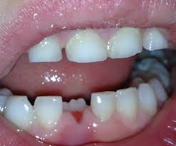 Thousand Oakes Family Dentistry[/caption]
Thousand Oakes Family Dentistry[/caption]
- Sometimes blood accumulates and forms a purple swelling, thus makes it difficult for a tooth to erupt. A simple incision procedure (cut) at the dental clinic to release the blood and help the tooth erupt will be necessary in this case.
[caption id="attachment_14909" align="aligncenter" width="212"]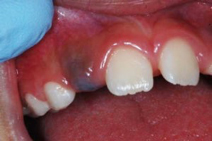 Frisco Kid's Dentistry[/caption]
Frisco Kid's Dentistry[/caption]
- Permanent teeth usually form between birth and the age of 3, however they remain in the form of buds under the roots of primary teeth in the lower jaw and above them in the upper one. (as you can see in the photo below)
[caption id="attachment_14910" align="aligncenter" width="200"]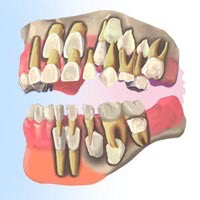 Dental Health Online[/caption]
Dental Health Online[/caption]
- Cavities in primary teeth do not affect permanent teeth at early stages, but if a cavity is left untreated, the pulp of the primary tooth will be involved and the resulting infection might affect the following permanent tooth, causing some defects or weakness in it.
[caption id="attachment_14912" align="aligncenter" width="179"] Harbour View Dental[/caption] [caption id="attachment_14911" align="aligncenter" width="189"]
Harbour View Dental[/caption] [caption id="attachment_14911" align="aligncenter" width="189"]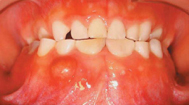 Scielo[/caption]
Scielo[/caption]
- If an extra tooth or tooth-like structure emerges in a strange place, as you can see in the photo below, a dentist should be consulted immediately.
[caption id="attachment_14913" align="aligncenter" width="183"]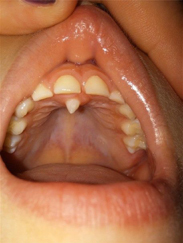 TOSH.O[/caption]
TOSH.O[/caption]


